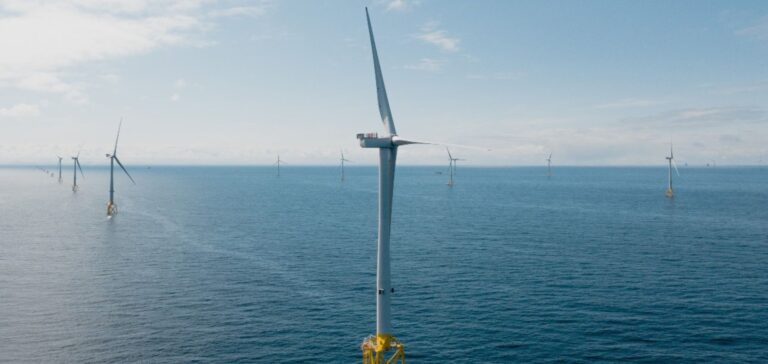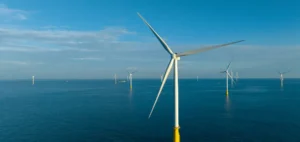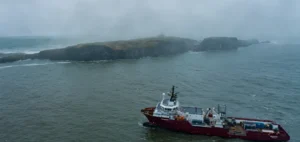ENGIE announces the financial close of the Moray West offshore wind farm, located in the Moray Firth in Scotland, with a non-recourse project financing of £2 billion. The wind farm, with an installed capacity of 882 MW and 60 turbines, is the first offshore wind farm in the UK to rely predominantly on Commercial Power Purchase Agreements (CPPAs) to market its output.
CPPAs have been signed with long-term strategic partners for over 50% of the site’s production and represent the largest such contracts implemented in the UK market to date. ENGIE, through its 50/50 joint venture with EDP Renewables, has a portfolio of 6.1 GW in the UK, with all its projects located in Scottish waters.
Low-cost, low-carbon electricity for 1.3 million households
Construction of the park had already begun, allowing the local supply chain to be established. The construction phase of the Moray West wind farm will create a total of 1,000 direct jobs in the UK. The financial close allows the project to secure the remaining elements of the supply chain in preparation for the offshore installation work scheduled for late 2023.
Moray West is expected to reach full production by 2025, contributing to the UK and Scotland’s renewable energy targets and providing the equivalent of 1.3 million households a year with access to long-term, low-cost, decarbonized electricity.
ENGIE in full expansion in wind energy
ENGIE has tripled the size of its project portfolio since the creation of its joint venture Ocean Winds in 2020. In addition to Moray West, Ocean Winds owns Moray East, which has already been in operation since 2022, and has secured the rights to develop the Caledonia offshore wind farm (about 2 GW) and two floating projects east of the Shetland Islands, for a total of 2.3 GW. With 15 projects in 7 countries, Ocean Winds currently has a portfolio of 1.5 GW of projects in operation and 15.1 GW under construction and development worldwide.
Paulo Almirante, Executive Vice President of ENGIE Renewables, Energy Management and Nuclear, said, “We are delighted to have achieved financial close on a project as important and strategic as Moray West. Alongside the Moray East offshore wind farm, Moray West contributes to the responsible development of the UK offshore wind industry and will play a key role in providing renewable electricity to businesses and large numbers of homes.





















